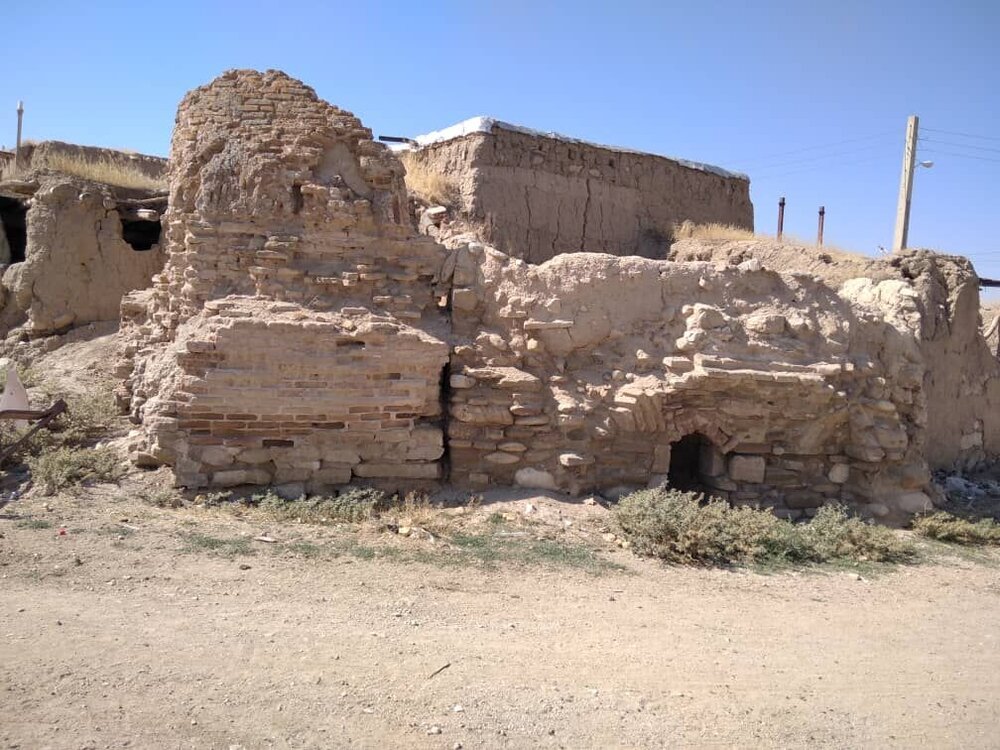55 properties in East Azarbaijan added to cultural heritage list

TEHRAN – In the past Iranian calendar year (ended March 19) a total of 55 historical, cultural and natural properties in the northwestern East Azarbaijan province were added to the national heritage list.
Protection of historical monuments and buildings is one of the needs of different countries today to support the identity and culture of tomorrow, and East Azarbaijan, with its history of several thousand years, natural, human and political geography and culture is a forerunner in this field," ISNA quoted Ahmad Hamzehzadeh, director general of Cultural Heritage, Tourism, and Handicrafts Department of East Azarbaijan, as saying.
Stating that this department had put the restoration, protection, reconstruction, and organization of 34 valuable and historical monuments of the province on the agenda during the last year, went on to say: "In order to achieve the goals of protection and preservation of historical buildings, this general administration made conservation, restoration, reconstruction and excavation of 34 works, including excavation, restoration, and organization of "Rab-e Rashidi Historical Complex", "Hassan Padshah Complex", "Chahar Menar Tomb" and "Tabriz Historical Bazaar" as well as renovation and organization of Sheikh Shahabuddin Ahari Complex its priority.”
He announced documenting the tombstones of the Islamic period of Ahar city and collecting them in the historical monument of Qasem Khan Ahari and also documenting the tombstones of the Islamic period of Varzeqan city and collecting them in the historical monument of Amir Arshad in order to set up a stone museum.
The official said that one of the most important and effective measures in preserving historical and cultural monuments is their registration in the list of national monuments, noting: "During the last year, it has nationally registered its historical and natural works, of which 17 registered works belong to historical monuments (immovable works), 11 works belong to movable works, 13 natural works, 14 spiritual works, and in the field of historical monuments, it has also done demarcation for 17 works.
Currently, over 85 handicrafts fields are being practiced by 14,000 artisans and crafters across the province.
Capital of East Azarbaijan province, Tabriz, which is well-soaked in history and culture for millennia, embraces several historical and religious sites, including Jameh Mosque of Tabriz and Arg of Tabriz, and UNESCO-registered Tabriz Historic Bazaar Complex to name a few.
The ancient city was declared a world craft city of carpet weaving by the World Craft in 2016. It also bore the title of 2018 Islamic Tourism Capital.
Tabriz became the capital of the Mongol Il-Khan Mahmud Gazan (1295–1304) and his successor. Timur (Tamerlane), a Turkic conqueror, took it in 1392. Some decades later the Kara Koyunlu Turkmen made it their capital, it was when the famous Blue Mosque was built in Tabriz.
Leave a Comment